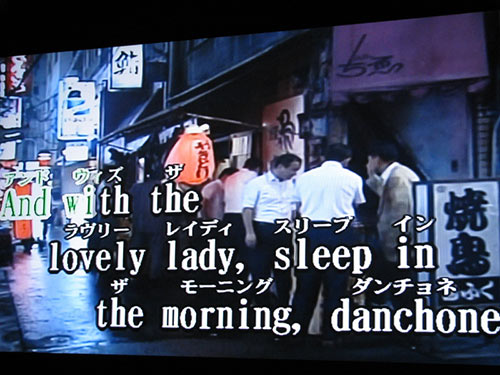It’s quite well known that, despite six or more years of studying English, Japanese people aren’t always great at communicating with the language, and there are several reasons why this is so. Japan is an island nation where English is almost never used outside tourist-ey areas like Kyoto, and English is usually studied for the sake of passing university entrance exams then forgotten by most people. Another problem is katakana, the writing system that allows words like “illustrator” or “political manifesto” or “image change” to be used in Japanese directly, which is very convenient. Because you can only access a limited number of sounds with the system, however, expressing English this way results in a thick “katakana accent.” In the same way that Japanese people shouldn’t study English through katakana, non-Japanese should avoid studying Japanese using “Romanized” Japanese (written with the English alphabet), as your brain will always try to mistakenly apply the wrong rules of pronunciation to what it sees. The word for “10,000” in Japanese is 一万 ichi man (lit. one unit of 10,000), and when I meet a new foreigner in Japan, I can tell if he or she has studied Japanese properly by the way they pronounce this word. If they pronounce 万 as the English word “man” (with a short “a” sound), I know they learned the word written in the English alphabet, but if they pronounce it mahn (with a long vowel) I know they probably learned Japanese after starting with hiragana first. (Remember that J-List stocks lots of Japanese study products, whether you want to just learn the basics or go on to study more. We recommend the Genki textbook series and White Rabbit flashcards as a good place to get started with a study program.)
















